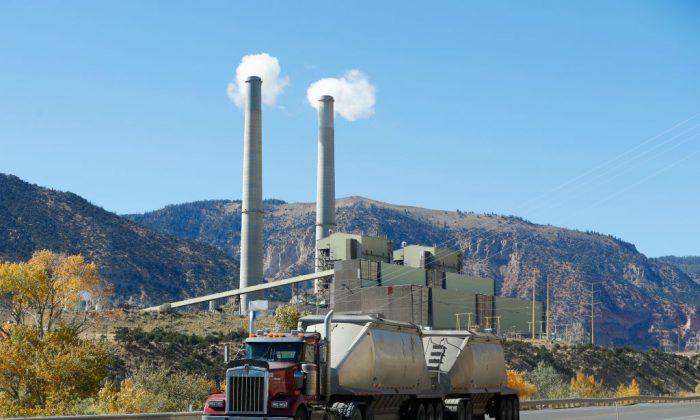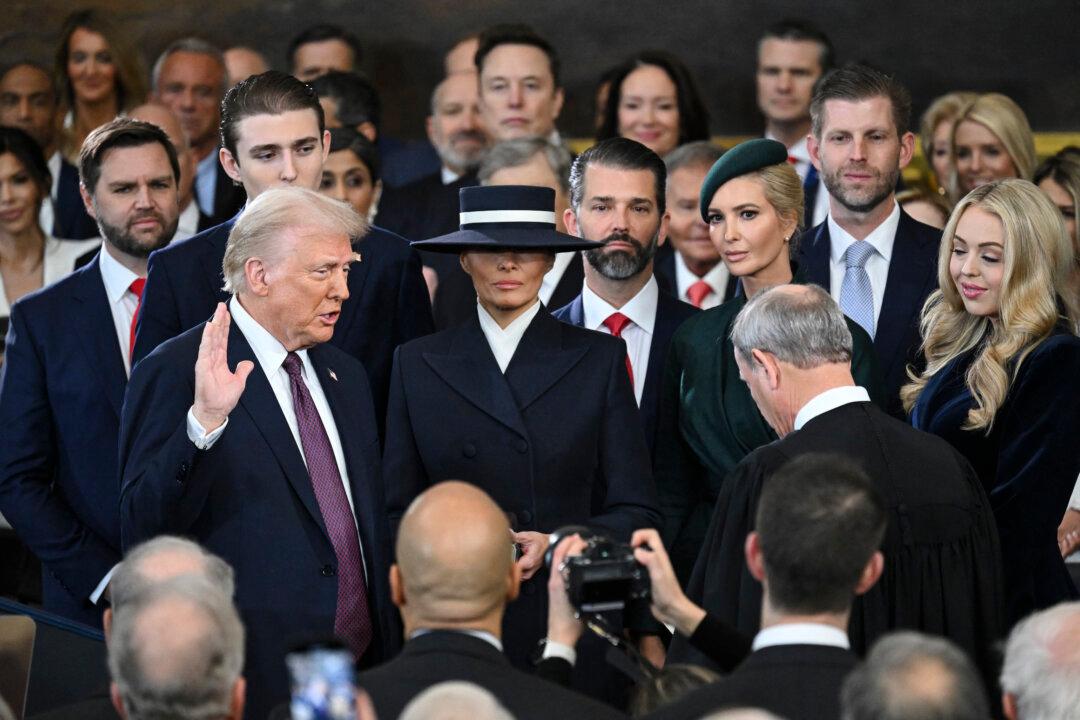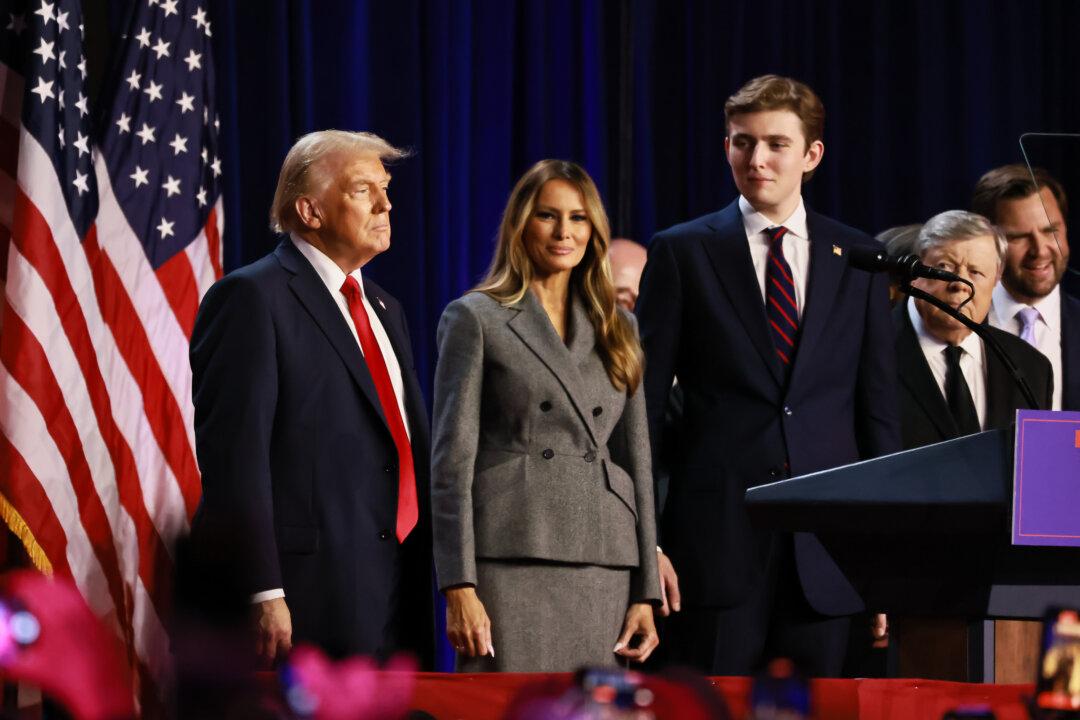The Trump administration is replacing Obama-era regulations on power-plant emissions with a new rule that hands power to the states and scraps restrictions aimed at eliminating coal as an energy source.
The new regulation, titled the Affordable Clean Energy (ACE) rule, is similar to the Clean Power Plan in that it would reduce carbon dioxide, while additionally reducing the compliance burden by an estimated $400 million annually, according to the EPA. In some scenarios considered under the proposal, the avoided compliance costs compared to the CPP total at $6.4 billion.
“The ACE Rule would restore the rule of law and empower states to reduce greenhouse gas emissions and provide modern, reliable, and affordable energy for all Americans,” Wheeler said in a statement.
The Obama-era regulation was largely perceived as being overly broad. In addition to the stay order from the Supreme Court, a bipartisan majority in Congress formally disapproved of the plan. It also was opposed by 27 states and 24 trade associations, according to the White House.
“The CPP’s top-down approach to energy regulation would have unnecessarily raised electricity prices, harmed our economy, and cost jobs,” the White House said in a statement.
The coal mining industry has lost 36,000 jobs since 2009, according to the White House. While on the campaign trail, Trump promised to bring those jobs back.
“We will put our coal miners and steel workers back to work,” Trump said on Aug. 8, 2016.
Weeks after winning the election, the president’s transition team promised to “end the war on coal.”
“We are pleased that EPA has proposed a rule to replace the Clean Power Plan, especially one that allows the states to play a crucial role in determining which emission reduction measures make sense. In contrast to the illegal Clean Power Plan, EPA’s proposal is based on a correct reading of the Clean Air Act,” said Michelle Bloodworth, president of American Coalition for Clean Coal Electricity (ACCCE).
Rhode Island and Vermont are the only states that do not use any coal to generate electricity, according to ACCCE. Coal provides for more than half of all electricity in 13 states and for a quarter of all electricity in another 24 states.
West Virginia, Wyoming, and Missouri lead the United States for the total share of electricity produced from coal with 93, 86, and 81 of all power produced coming from coal.





